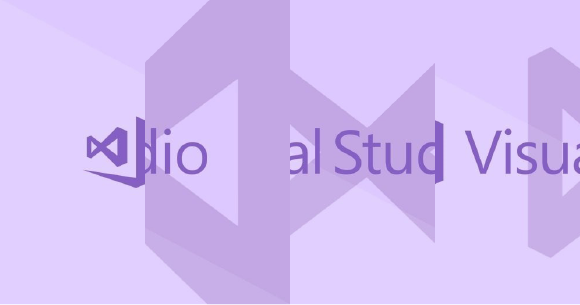
During code analysis, PVS-Studio analyzes the data flow and operates variable values. Values are taken from constants or derived from conditional expressions. We call them virtual values. Recently, we have refined them in order to work with multi-character constants and this has become the reason to create a new diagnostic rule.
Introduction
Multi-character-literals are implementation-defined, so different compilers can encode them in different ways. For example, GCC and Clang set a value, based on the order of the symbols in the literal, while MSVC moves them depending on the symbol's type (regular or escape).
For example, the 'T\x65s\x74' literal will be encoded in different of ways, depending on the compiler. A similar logic had to be added in the analyzer. As a result, we've made a new diagnostic rule V1039 to identify such literals in the code. These literals are dangerous in cross-platform projects that use multiple compilers for building.
Diagnostic V1039
Let's look at the example. The code below, compiled by different compilers, will behave differently:
#include <stdio.h>
void foo(int c)
{
if (c == 'T\x65s\x74') // <= V1039
{
printf("Compiled with GCC or Clang.\n");
}
else
{
printf("It's another compiler (for example, MSVC).\n");
}
}
int main(int argc, char** argv)
{
foo('Test');
return 0;
}The program, compiled by different compilers, will print different messages on the screen.
For a project that uses a specific compiler, it won't be noticeable. But when porting, problems may occur, so one should replace such literals with simple numerical constants, such as 'Test' is to be changed with 0x54657374.
To demonstrate the difference between compilers, we'll write a small utility that takes sequences of 3 and 4 symbols, such as 'GHIJ' and 'GHI', and displays their representation in memory after compilation.
Utility code:
#include <stdio.h>
typedef int char_t;
void PrintBytes(const char* format, char_t lit)
{
printf("%20s : ", format);
const unsigned char *ptr = (const unsigned char*)&lit;
for (int i = sizeof(lit); i--;)
{
printf("%c", *ptr++);
}
putchar('\n');
}
int main(int argc, char** argv)
{
printf("Hex codes are: G(%02X) H(%02X) I(%02X) J(%02X)\n",'G','H','I','J');
PrintBytes("'GHIJ'", 'GHIJ');
PrintBytes("'\\x47\\x48\\x49\\x4A'", '\x47\x48\x49\x4A');
PrintBytes("'G\\x48\\x49\\x4A'", 'G\x48\x49\x4A');
PrintBytes("'GH\\x49\\x4A'", 'GH\x49\x4A');
PrintBytes("'G\\x48I\\x4A'", 'G\x48I\x4A');
PrintBytes("'GHI\\x4A'", 'GHI\x4A');
PrintBytes("'GHI'", 'GHI');
PrintBytes("'\\x47\\x48\\x49'", '\x47\x48\x49');
PrintBytes("'GH\\x49'", 'GH\x49');
PrintBytes("'\\x47H\\x49'", '\x47H\x49');
PrintBytes("'\\x47HI'", '\x47HI');
return 0;
}Output of the utility, compiled by Visual C++:
Hex codes are: G(47) H(48) I(49) J(4A)
'GHIJ' : JIHG
'\x47\x48\x49\x4A' : GHIJ
'G\x48\x49\x4A' : HGIJ
'GH\x49\x4A' : JIHG
'G\x48I\x4A' : JIHG
'GHI\x4A' : JIHG
'GHI' : IHG
'\x47\x48\x49' : GHI
'GH\x49' : IHG
'\x47H\x49' : HGI
'\x47HI' : IHGOutput of the utility, compiled by GCC or Clang:
Hex codes are: G(47) H(48) I(49) J(4A)
'GHIJ' : JIHG
'\x47\x48\x49\x4A' : JIHG
'G\x48\x49\x4A' : JIHG
'GH\x49\x4A' : JIHG
'G\x48I\x4A' : JIHG
'GHI\x4A' : JIHG
'GHI' : IHG
'\x47\x48\x49' : IHG
'GH\x49' : IHG
'\x47H\x49' : IHG
'\x47HI' : IHGConclusion
The V1039 diagnostic is added in the PVS-Studio analyzer of 7.03 version, which has been recently released. You can download the latest version of the analyzer on the download page.